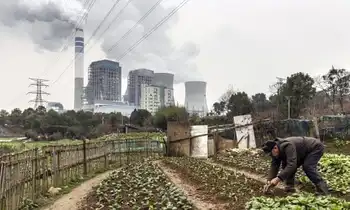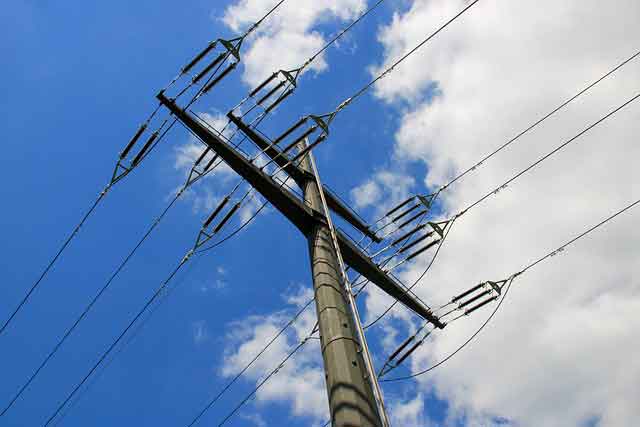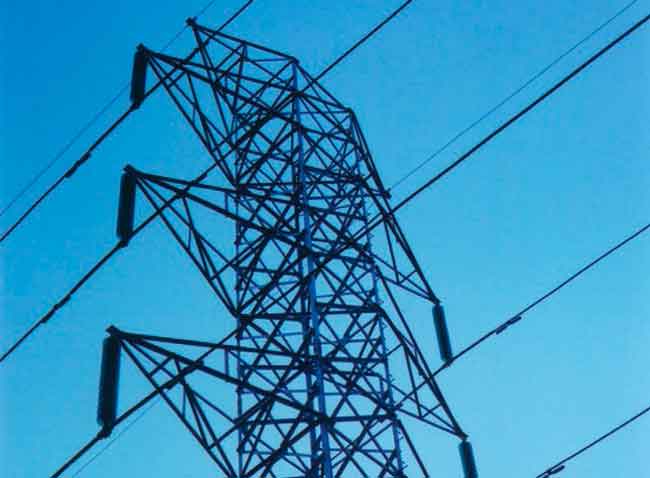TVA CEO expects Bellefonte nuclear to be reality
By Huntsville Times
Substation Relay Protection Training
Our customized live online or in‑person group training can be delivered to your staff at your location.

- Live Online
- 12 hours Instructor-led
- Group Training Available
In my opinion we will absolutely do something at Bellefonte, Kilgore said during a stop in Huntsville. Its not a question of if, but what.
TVA has estimated construction on Bellefontes Unit 1 reactor is about 90 percent complete.
TVA began the project in the 1970s and abandoned it and a second unit in the late 1980s due to budget pressures and cost overruns. The Bellefonte plant has cost TVA about $4.5 billion to date.
Cost estimates for the nextgeneration reactors vary, but projections have gone from about $7 billion for two reactors to as high as $17 billion.
TVA restarted the Unit 1 reactor at Browns Ferry in 2007, after it was dormant for 22 years, for about $2 billion.
Kilgore said completing the work at Bellefonte would be faster and less expensive than building newmodel reactors still under development by Westinghouse. He said there are things they like and dislike on both sides of the question.
With increased pressure on TVA to lower its carbon emissions and burn less coal, nuclear power is a preferred option, Kilgore said.
Area officials are optimistic about the Bellefonte project.
There are at least 200 engineers working out there today, doing research, studies... said Ron Bailey, vice president for business development at the Jackson County Chamber of Commerce. It was mothballed in 1988 and one reactor was 90 percent complete.
Were expecting it to be a go.
TVA has said it would like to be generating power at Bellefonte by 2018 to 2020.
Kilgore addressed a number of other issues Thursday:
• Power bills are likely to continue to rise, due to rising fuel costs, until midsummer, Kilgore said. He hopes that prices will level off at that point, but they are unlikely to go down by much. TVA began doing a monthly fuel cost adjustment to power bills last fall, instead of quarterly adjustments.
• TVA will spend some $250 million over the next several years to shore up and upgrade the coal ash retention facilities at its Widows Creek plant near Bridgeport. The utility will move from wet to dry storage of coal ash a byproduct of burning coal for electricity to help avoid spills like the devastating billiongallon spill in December 2008 near Kingston, Tenn.
• The utility wants to increase energy efficiency among its customers and is expected to announce a series of conservationfriendly incentives this year, Kilgore said. A recent TVA project to construct three homes using varying standards of energy efficiency saw a power bill difference of up to $100 a month, Kilgore said. The upfront costs were about $20,000 higher for the most energyefficient home.











